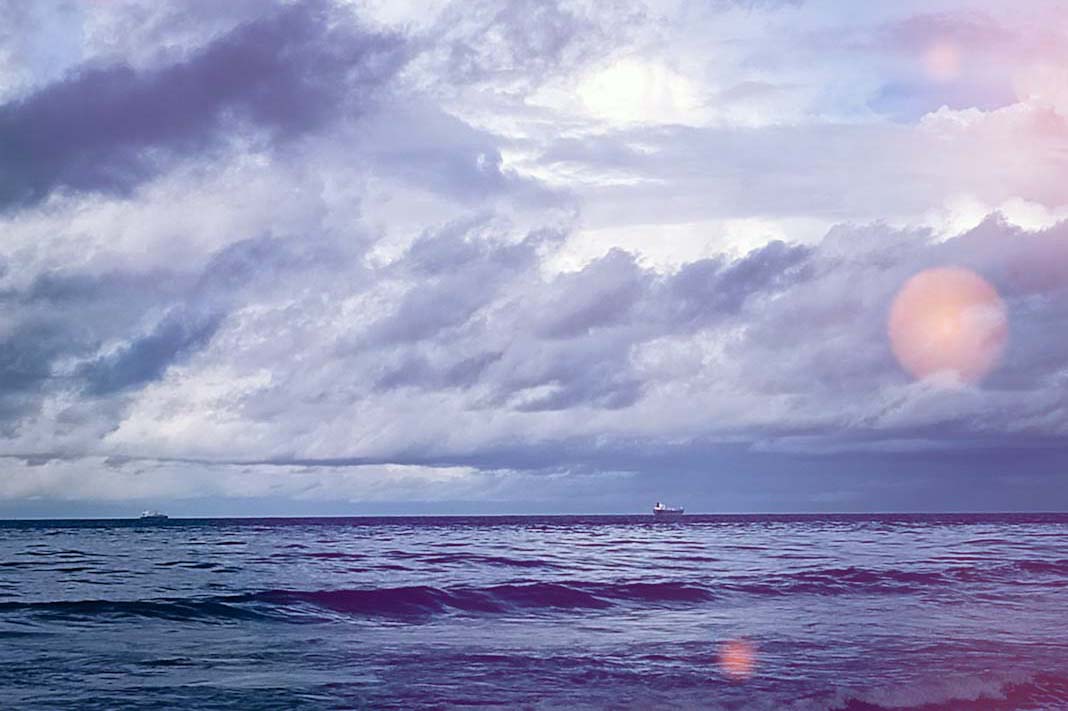- Ferry companies in the US and Canada are actively investing in batteries, electric, and hybrid propulsion.
- Zero-emissions workboat projects are gaining traction in the US.
- Glosten’s portfolio includes designs for battery-powered passengers.
Ferry companies in the US and Canada are actively investing in batteries, electric, and hybrid propulsion to reduce greenhouse gas emissions, reports Rivera.
Electric Ferry Projects
Glosten’s marine engineer, Sean Caughlan, foresees more electric ferry projects and charging stations in Washington State, California, and along the East Coast.
Zero-Emissions Workboats
Zero-emissions workboat projects are gaining traction in the US, with a focus on batteries and hybrid electric systems.
Washington State’s Ambitious Plans
Washington State plans to convert 26 vessels to battery-electric propulsion, with the first flagship vessels undergoing conversion with 6-MWh batteries.
Shore Infrastructure Development
A three-year plan includes establishing shore infrastructure at 16 terminals and facilitating passenger ships to recharge onboard batteries.
Future Newbuild Program
Following conversions, there will be a new build program with six vessels, with the tender expected in early 2024.
Diverse Battery-Powered Vessels
Glosten’s portfolio includes designs for battery-powered passenger and vehicle ferries, a low-emissions electric harbor tug, and an offshore line-handling vessel.
Collaboration with ABB
Glosten collaborated with ABB to design a hybrid propulsion harbor tug that can operate on methanol fuel.
Offshore Tug Design
The CT-120 design by Glosten is a 37-m line-haul tug with versatile capabilities, suitable for towing ships, deck barges, and anchor handling operations.
Did you subscribe to our daily newsletter?
It’s Free! Click here to Subscribe!
Source: Rivera



















